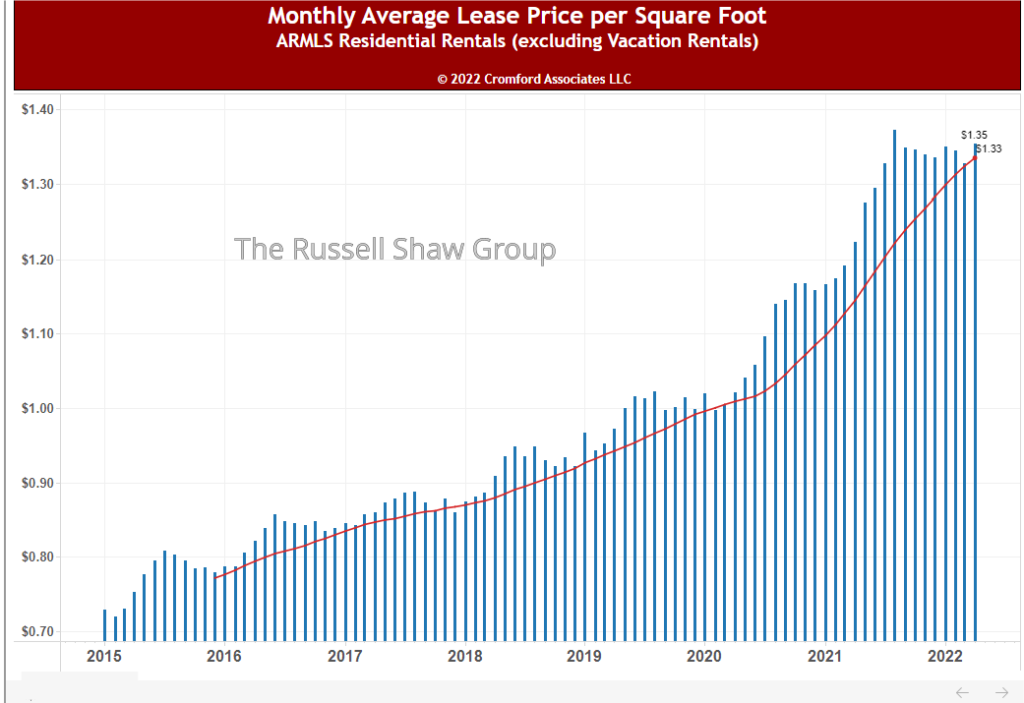If you’re ready to buy your first house, it may be difficult to choose between a starter home or your forever home. Here are some ideas to think about when you’re reviewing your options.
Buying and Insuring a Property
When you buy a home, you also need insurance. Homeowners insurance only covers the structure of the property, injuries, or belongings in a burglary. A home warranty is another option that covers your home systems and appliances. Home warranties are renewable annual plans that help cover the costs of appliance repairs and major systems breakdowns, such as HVAC, plumbing, and electrical. To choose the best one for your needs, home warranty reviews are a good place to start.
Starter Home Pros and Cons
Buying a starter home is one way you can be a homeowner. A starter home is a property you plan on selling at some point in the future when you’re ready to upgrade. Here are factors to consider with a starter home.
Affordable
Housing prices continue to rise, with the median U.S. home price at $375,000, according to the U.S. Department of Housing and Urban Development. Starter homes are usually lower than the national average.
Less Upkeep
Your starter home may also not require as much upkeep, especially if you plan to move within five years. A smaller home also costs less for repairs and other maintenance items.
Potential for Producing Income
Starter homes can also be used as rentals when you decide to move. Consider keeping a starter home and renting it out to get a second income.
Smaller Space
The cost savings may also come with a smaller living space. In most states, home sizes are getting bigger, so a starter home may feel cramped.
More Outdated
Starter homes are usually older and less modern. If you purchase a cheaper starter home, you may have outdated appliances and older decor that hasn’t been updated.
Neighborhood Issues
The first home you buy may also not be in the best neighborhood. If your home is in a bad neighborhood, there could be more property crime and safety issues.
Forever Home Pros and Cons
First-time buyers also can decide to immediately buy their forever home. This approach also has some financial and lifestyle pros and cons.
Setting up Roots
The biggest pro to moving right into your forever home is to set up your roots. This can help you avoid moving again and keep you in a great neighborhood.
Potential to Grow Your Family
Buying your forever home as your first property also gives you the flexibility to start growing your family whenever you want. Couples that plan to have children can have enough space and bedrooms to expand.
Able To Invest in Unique Decor
Another pro is that you can buy big-ticket items, heirloom furniture pieces, and unique decor without having to worry about moving them later. You can also add a pool, hot tub, fence, garden, and custom landscaping.
More Expensive
The top con of buying your forever home first is the cost. A larger home may give you some sticker shock. There is also the higher cost of utilities and property taxes to consider.
Lots of Upkeep
Finally, you also may need to invest more time and money into maintaining your forever home. Maintenance and repairs may be pricier than a typical starter home and may require some sweat equity.
Investing in a starter home or purchasing your dream forever home is a big step in life. Whichever path you choose, you can be a homeowner and start living your dream. Have the Russell Shaw Group on your side. Reach out today.

Image via Pexels

